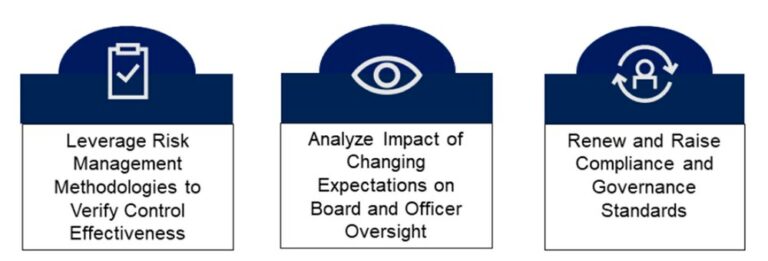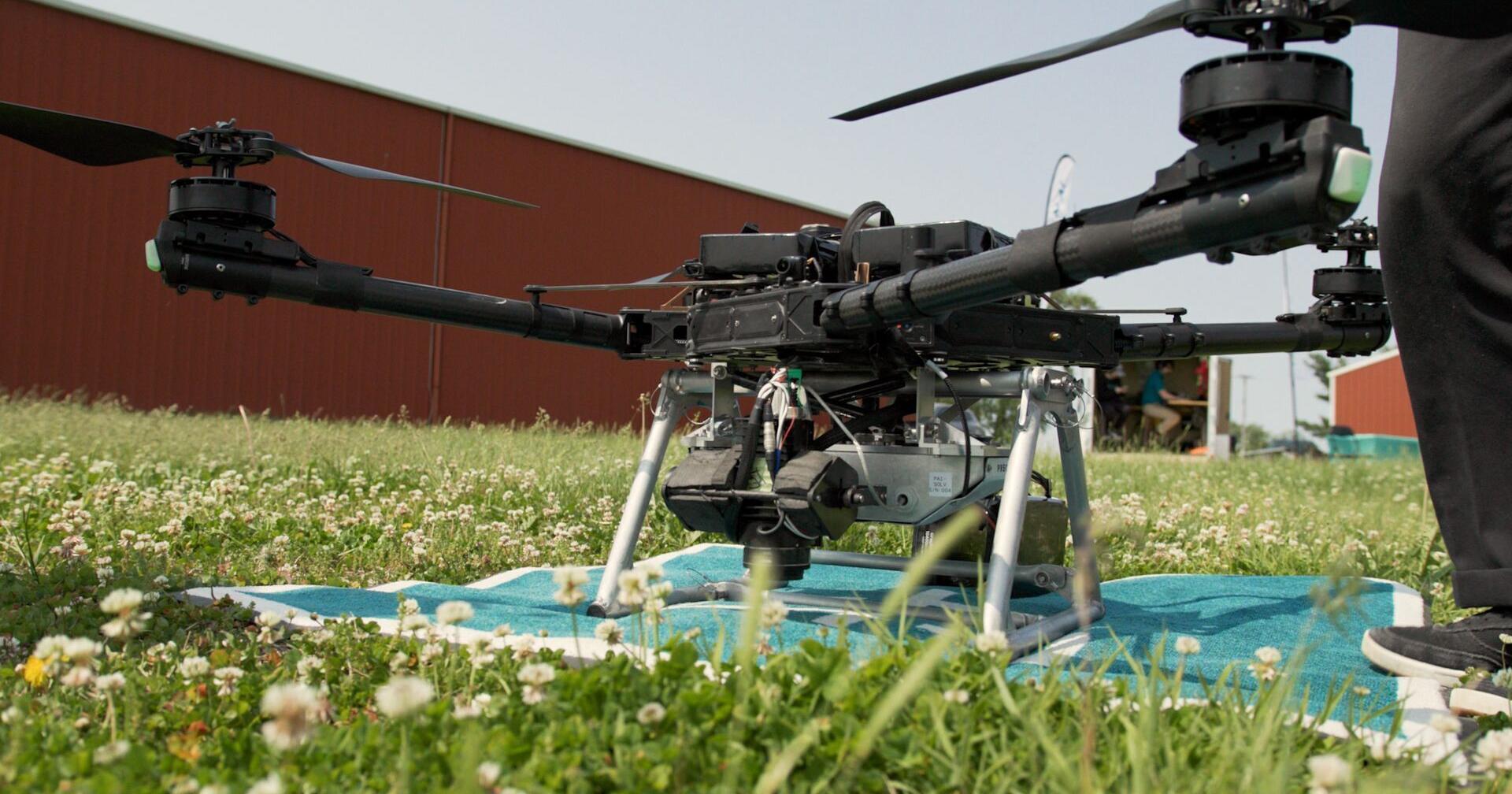
Innovative Approaches to Gasoline Removal in the Age of Smart Technology
In the age of smart technology, innovative approaches to gasoline removal are transforming the way we manage and mitigate the environmental impact of fuel spills. As the world becomes increasingly digitized, the intersection of technology and environmental conservation presents a unique opportunity to tackle this long-standing issue with newfound efficiency and precision.
One of the most groundbreaking advancements in this field is the development of smart sensors. These devices, small enough to be deployed en masse, are capable of detecting the presence of gasoline in both soil and water. Once detected, these sensors transmit real-time data to a centralized system, enabling rapid response and minimizing the potential for environmental damage. This represents a significant leap forward from traditional methods, which often rely on manual detection and can be time-consuming and less accurate.
In addition to detection, smart technology is also revolutionizing the process of gasoline removal itself. A prime example of this is the use of nanotechnology. Researchers have developed nanoscale materials that can absorb gasoline, effectively removing it from the environment. These nanomaterials can be controlled remotely, allowing for precision targeting of gasoline spills. This not only enhances the efficiency of gasoline removal but also reduces the risk of collateral environmental damage.
Artificial intelligence (AI) and machine learning are also playing a pivotal role in this new era of gasoline removal. These technologies are being used to predict potential spill locations based on historical data and environmental conditions. This predictive capability allows for proactive measures to be taken, potentially preventing spills before they occur. Moreover, AI and machine learning can optimize the gasoline removal process by analyzing data from past incidents and identifying the most effective strategies.
The use of drones is another innovative approach that is gaining traction in the field of gasoline removal. Equipped with advanced sensors and imaging technology, drones can quickly survey large areas for potential gasoline spills. Once a spill is detected, drones can deploy nanomaterials or other gasoline-absorbing substances, providing a rapid and effective response. This is particularly useful in remote or inaccessible areas where traditional gasoline removal methods may be impractical.
While these advancements represent significant progress, it’s important to note that they are not standalone solutions. Rather, they are tools that can enhance existing gasoline removal strategies. The integration of smart technology into traditional methods can result in a more comprehensive and effective approach to managing gasoline spills.
In conclusion, the age of smart technology has ushered in a new era of innovative approaches to gasoline removal. From smart sensors and nanotechnology to AI and drones, these advancements are transforming the way we detect and respond to gasoline spills. As we continue to explore the potential of these technologies, we can look forward to a future where gasoline spills are managed with unprecedented efficiency and precision, ultimately contributing to the preservation of our environment.





